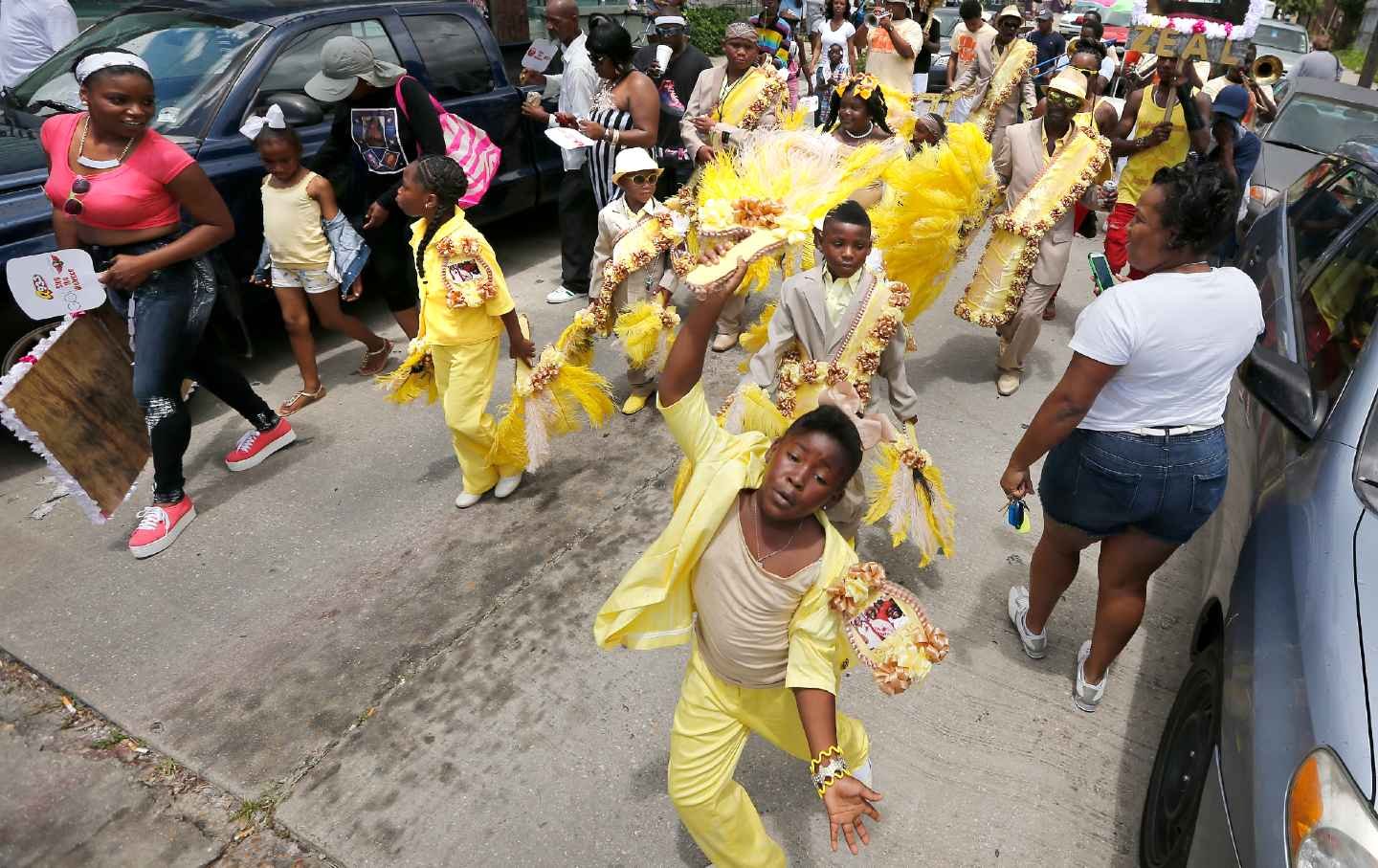Deborah Cotton and I met by getting shot together.
It was a Mother’s Day early in Barack Obama’s second term. Deb, as her friends called her, was among hundreds of people, almost all of them Black, marching through the streets of New Orleans. They were marching not in protest but in celebration, as part of a second line parade.
Born in Los Angeles, kidnapped (her word) as a toddler, and raised in rural Texas, Cotton had relocated to New Orleans in 2005, three months before Hurricane Katrina put most of the city underwater. At the time of the Mother’s Day shooting, she was a veteran racial-justice activist and an accomplished freelance writer who, under the pen name “Big Red Cotton,” wrote about second line parades for the local music paper Gambit.
A second line is a street party, a musical explosion, a church service, a cultural remembrance, and a political statement all wrapped up in one afternoon. Second lines evolved from the burial rites enslaved Africans brought with them when they began arriving in Louisiana in 1722. Propelled by percussive music, hundreds of people take over the streets for four hours of dancing, drinking, eating, flirting, and grooving to the beat. One or more brass bands drive the action, their squealing horns and thumping drums channeling the jaunty rhythms that make New Orleans, in Bruce Springsteen’s words, “this great mother city of American music.”
Gunshots were fired into the Mother’s Day second line at 1:47 pm on May 12, 2013. The To Be Continued Brass Band had halted just before entering the intersection of Frenchmen and North Villere streets, a poverty-stricken neighborhood in the Seventh Ward, a 10-minute walk from the French Quarter. The band had played the first four notes of a song by The Hot 8 Brass Band “and then everything went crazy,” Joe Maize, a trombonist for To Be Continued, recalled.
When the gunfire erupted, I was standing on the far side of the intersection from the TBC band. The gunshots were coming from about 10 feet behind my left shoulder. The bullets made an oddly muffled zip, zip sound as they streaked through the humid afternoon air. People around me started to push, run, and throw themselves to the ground. I did the same, diving like a baseball player sliding headfirst into home plate.
The gunfire lasted about 10 seconds. Then, for a moment, all was quiet, as if everyone were holding their breath to see what came next. A woman’s voice broke the silence: “Oh, my God! Oh, my God!” And then it was bedlam, a cacophony of voices shouting in pain, fear, and alarm.
Where I’d been standing a few seconds ago, a Black guy now lay face down, motionless, a semicircle of red spreading from his shoulder. Steps away, a thin Black woman with wild, frightened eyes huddled against a building, clutching her belly, grimacing, and weeping. A line of blood dripping from my calf to my ankle revealed that I, too, had been shot.
TV news satellite trucks reached the scene almost as quickly as ambulances did, and soon live coverage was beaming to television screens around the world. The initial fear was of a terrorist attack—perhaps a copycat of the bombing at the Boston Marathon a month earlier that killed three and wounded hundreds more. Detective Chris Hart of the New Orleans Police Department was pacing the blood-spattered intersection when his cell phone buzzed. “I’m watching you on Al Jazeera right now, Chris,” a former NOPD cop doing security work in Afghanistan told him. “You’re wearing a blue shirt and a baseball cap. What the fuck is happening back in New Orleans?”
Second line parades embody two milestones in United States history—the imposition of slavery and the invention of jazz—that have profoundly shaped the nation’s evolution and gave the Mother’s Day shooting the quality of a true-crime parable for the Obama-Trump era.
“No place else in the United States is going to let Black people take over the streets for four hours long,” Cotton once said about second lines and New Orleans. “It’s just not gonna happen.” If only for a few hours, Black people at a second line parade could feel free—free to express themselves however they wished, regardless of the white world’s constraints. “The blues came from slavery,” said Gregg Stafford, a prominent New Orleans brass band leader and trumpet player. “Jazz came from freedom.”
But demons of death, never far away in New Orleans, haunted that Mother’s Day second line. Ambulance workers counted 20 people wounded and told Detective Hart to expect three, possibly four, fatalities. Measured by total casualties, it was the biggest mass shooting in the modern history of New Orleans, long one of the US’s deadliest cities, with a murder rate eight times higher than the national per capita average.
Surgeons questioned whether Cotton would live through the night; the bullet that hit her pierced her right hip and tore diagonally upward, shredding vital organs before lodging beneath the left side of her rib cage. Later that afternoon, the surgeons emerged from the operating room to inform her loved ones that it didn’t look good. She’d been shot in what hospital workers nicknamed “the soul hole,” because wounds there were usually fatal.
Nevertheless, Cotton held on long enough to deliver a message that stunned people in New Orleans.
A surveillance video had surfaced the day after the shooting that offered a bird’s-eye view of the attack. It showed a Black man in a white T-shirt with his back against the wall of a house, watching as the parade crowd passed from left to right. Suddenly the man pulled a handgun from his pocket, took four strides into the crowd, and began firing at point-blank range. As bodies fell and fled, the man continued firing. After emptying his weapon, he ran off, out of camera range.
TV networks around the world began airing the video. In the glare of such publicity, the authorities soon arrested two suspects: Akein Scott and Shawn Scott, two African American brothers aged 19 and 23. Each was charged with 20 counts of attempted murder: one for each of the 19 gunshot victims and one for a woman grotesquely injured when she was trampled by the fleeing crowd.
In what police labeled “a miracle,” neither Cotton nor any of the other Mother’s Day shooting victims perished immediately. “We had 20 [sic] people shot at that parade, and not one of them dies?” said Detective Rob Hurst, Hart’s partner at the scene. “If that’s not a miracle, you tell me what is.”
Hovering near death, Cotton somehow dictated a statement from the intensive care unit that a close friend delivered to a hastily called New Orleans City Council hearing. “Do you know what it takes to be so disconnected in your heart that you walk out into a gathering of hundreds of people who look just like you and begin firing?” she asked. Alluding to the bleak circumstances facing many young Black men in New Orleans—parents absent or impoverished, abysmal schools, rampant gang and police violence, few job possibilities beyond menial labor or drug dealing—she said, “These young men have been separated from us by so much trauma.”
Cotton was fully aware of the violence Black people had long endured from trigger-happy police and white vigilantes: Her activism over the past eight years had focused on reforming the notoriously corrupt and violent New Orleans Police Department, a mission embraced by Obama’s Department of Justice, which had placed the NOPD under a federal consent decree four months before the Mother’s Day shooting. But the evils of systemic racism were much broader than police brutality, she believed, their reach more insidious and pervasive.
Popular
“swipe left below to view more authors”Swipe →
To Cotton, Black lives mattered even if a Black person had done something reprehensible, like shooting into a peaceful crowd, because, she later told me, “racism can kill Black people even when a Black finger pulls the trigger.” The gunman seen firing into the crowd in the Mother’s Day video “clearly made horrible choices that have ruined his life,” she continued. “But he didn’t do that in a vacuum. This city and this country created that vacuum.”
Two months after the Mother’s Day shooting, the Black Lives Matter movement sprang to life as killings of unarmed Black people seemed to become a recurring feature of American life. Or, more precisely, as such killings became more widely recognized because, like the Mother’s Day shooting, they were captured on video.
Then, the nation’s first Black president was succeeded by Donald Trump, who had risen to political prominence by playing a bizarre variation of the race card—repeatedly suggesting, without evidence, that Obama had not been born in the United States, which meant he was occupying the highest office in the land illegally.
That an unabashed racist could be elected president 150 years after the first Civil War was proof positive that the blood of slavery still pulsed through the American body politic. “If we had done the work that we should have done…to combat our history of racial inequality, no one could win national office after demonizing people who’re Mexican or Muslim,” Bryan Stevenson, a civil rights lawyer who established the National Memorial for Peace and Justice to honor America’s lynching victims, told The Guardian. “We would be in a place where we would find that unacceptable.”
Implanted long before the birth of the nation, the twin evils of racism and slavery exposed the contradiction between America’s lofty ideals—“We hold these truths to be self-evident, that all men are created equal”—and the undeniable reality that white people built the country by enslaving and brutalizing millions of African Americans and slaughtering and stealing the land of countless Native Americans.
The United States has never resolved this contradiction, despite rivers of blood shed over it during the Civil War and since. Schoolchildren are taught that the North’s victory in the Civil War ended slavery, but that is misleading. True, to own other human beings was no longer legal. But formerly enslaved people were provided no recompense, leaving them little choice but to continue working, now as sharecroppers or indentured factory workers, for the very people who had exploited them before the war. In 1864, as the South’s military defeat grew near, William J. Minor, a Louisiana planter, told a fellow Confederate that he hoped the South could rejoin the Union after the war with “things as they were, but perhaps under some other name than slavery”—which is pretty much what happened.
Cotton believed that until America, especially white America, honestly faces what race and slavery have done, and still do, to the country, America will not be free of its original sin. Like an infected, untended wound, the dilemma will keep bubbling to the surface, manifesting in everything from a Mother’s Day shooting in New Orleans, to the continuing murders of Black people by police and vigilantes, to the presidential election—and now, in 2024, possible reelection—of a white supremacist whose fellow neo-Confederates openly endorse waging a second civil war to “make America great again.”
When Cotton and I met face-to-face for the first time, a few months after the shooting, I told her that the event was a book crying out to be written, and I asked whether she would consider writing it after she recovered from her injuries.
She asked me to call her Deb, thanked me for the suggestion, but made it clear she wanted no part of it. It was bad enough to get shot, she explained; she didn’t want to keep reliving the whole ghastly experience by writing a book about it.
Deb did agree, however, that somebody should write a book about it. And that somebody, she said, should be me. An activist through and through, she saw the shooting as a teachable moment that could impart lessons about the ways racism has shaped life in the United States since the days of slavery.
A signature skill of good organizers is the ability to persuade other people to do things that need doing. Deb pointed out that I had written numerous books, witnessed the shooting at close range, and even been shot myself. Fixing her gaze on me, she declared, “Mark, I think you’re called to write this book.” Her use of the term called signaled that she, like me, had grown up in the church, where it was common to hear a person say they felt “called” to make this or that major life decision—called by God, the Holy Spirit, or Deb’s favorite term, the Most High.
My being white didn’t seem to bother Deb. She rejected the view—one that soon became common on the political left in the US—that only Black people were permitted to talk about race. To the contrary, she, like many African American activists and intellectuals over the years, believed that it was white people who most needed to talk with one another about race—and not only race but also slavery, the original sin at the bottom of today’s injustices and pathologies.
“Black people have been talking about it for 400 years, honey,” she told me. “It’s white people who aren’t talking about it.” Besides, she added, white people could be heard by other white people in ways that Black people simply would not be. “White people listen to white people more than they will listen to Black people,” she said. “That’s just a fact.”
With the 2024 elections now fast approaching, the question of how much white Americans will talk about race and slavery—and how such talk might influence how they vote in November—could hardly be more urgent. A good starter question for such conversations was posed in an article the Black writer Chauncey DeVega published in 2016, when Trump ran for president the first time: “What Kind of a White Person Do You Want to Be?”
More from Mark Hertsgaard
DeVega, a columnist for Salon, was reacting to the news that a 40-year-old Black man, Terrence Crutcher, had been shot dead by police in Tulsa, Oklahoma. DeVega had vowed to watch no more videos of police murders of Black people, calling them “a type of pornographic violence, a digital-era version of lynching postcards.” He was tired of having to explain how police violence was a legacy of slavery and the nation’s failure to confront that legacy. The reason murderous violence against Black people continued, DeVega argued, was that white America didn’t care enough to stop it.
But white people could make a different choice, he added—in fact, some white people already had. In the 1960s, a young man named Paul Breines was one of numerous white people who joined the Freedom Riders movement of college students who traveled to the South to help Black people claim their right to vote. It was a perilous undertaking: Racists were shooting Black people who dared register to vote and their white allies, too. In a letter to his worried parents, Breines explained that he decided to go south after asking himself the question, “What kind of a white person do I want to be?”
DeVega implored today’s white Americans to ask themselves the same question—and to remember that “silence and inaction in the face of such wrongdoing and bigotry are in fact complicity with them.”
When Trump ran for reelection in 2020, large numbers of white Americans gave the answer DeVega was hoping for. On May 25, a cell-phone video of Derek Chauvin jamming his knee into George Floyd’s neck for more than seven minutes as Floyd gasped “I can’t breathe” left no doubt that a white police officer had just murdered a nonviolent Black man in broad daylight. Floyd’s murder gave rise to the biggest protest movement in US history: An estimated 14 to 26 million people took to the streets in all 50 states.
The protests were led mainly by Black people, but large numbers of white people, especially younger ones, also risked arrest or injury to stand up for justice for Black Americans. This was unprecedented: Never in the 155 years since the end of the Civil War had large numbers of white Americans put their bodies on the line for their Black fellow countrymen. (Yes, some whites did march with civil rights activists in the 1960s, but they were a tiny fraction of the overall white population.)
Echoing Deb’s point about the importance of white people talking to one another about race, Nell Irvin Painter, an African American historian, told The New York Times, “The great stall point after the [1960s] civil rights movement was white people not being able to talk to other white people about whiteness. That has to happen before anything can change. Now, many white people are stepping up and saying, ‘Oh, we’ve got to talk about this.’”
It grieves me to report that Deb did not live long enough to witness those protests in summer 2020 nor the defeat of Trump that November. But now, as Trump tries to return to the White House, I’m reminded once again of why I came to regard her as a prophet.
A Trump victory would be akin to allowing the Confederacy back into power after the Civil War, yet if today’s opinion polls are to be believed, Trump is running neck-and-neck with President Joe Biden. Those same polls, however, as well as actual election results in the 2024 Republican primaries, show that Trump’s base—the MAGA heads who stick with him no matter what—amounts to only one-third of the total US electorate. This means that Trump can only win in November if he also gets millions of non-MAGA heads to vote for him—or at least not to vote for Biden.
It’s that latter category of Americans, the non-MAGA heads whose indifference might enable Trump’s return to power, who Deb had in mind when she warned that afflictions like the Mother’s Day shooting and the rise of Trump will keep happening until more Americans talk honestly about what racism and slavery have done to this country—and do their part to fix it.
Thank you for reading The Nation!
We hope you enjoyed the story you just read, just one of the many incisive, deeply-reported articles we publish daily. Now more than ever, we need fearless journalism that shifts the needle on important issues, uncovers malfeasance and corruption, and uplifts voices and perspectives that often go unheard in mainstream media.
Throughout this critical election year and a time of media austerity and renewed campus activism and rising labor organizing, independent journalism that gets to the heart of the matter is more critical than ever before. Donate right now and help us hold the powerful accountable, shine a light on issues that would otherwise be swept under the rug, and build a more just and equitable future.
For nearly 160 years, The Nation has stood for truth, justice, and moral clarity. As a reader-supported publication, we are not beholden to the whims of advertisers or a corporate owner. But it does take financial resources to report on stories that may take weeks or months to properly investigate, thoroughly edit and fact-check articles, and get our stories into the hands of readers.
Donate today and stand with us for a better future. Thank you for being a supporter of independent journalism.
Thank you for your generosity.
More from The Nation
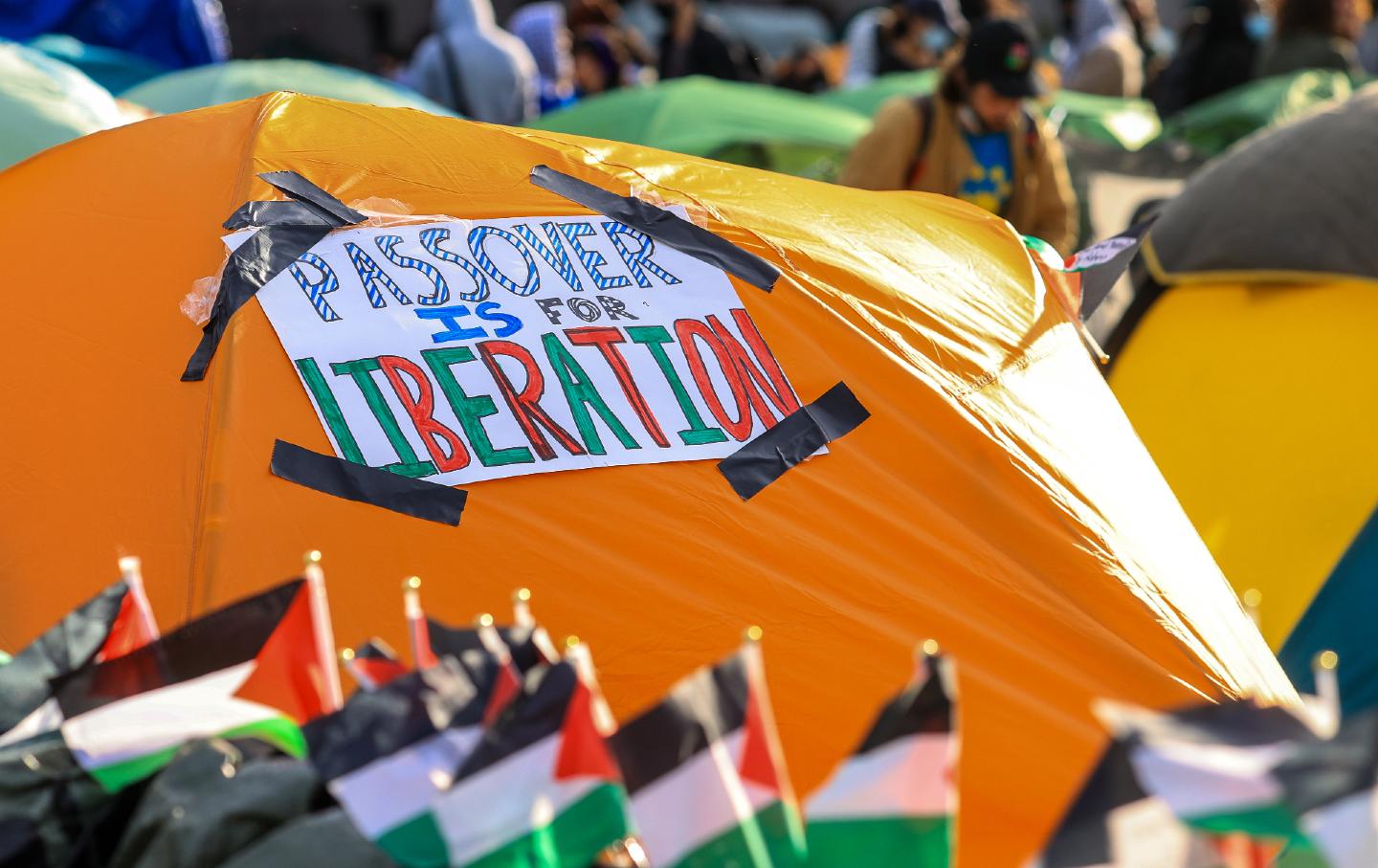
The real threat to American Jews comes not from students but from the MAGA Republicans who are shouting about antisemitism the loudest.
Helen Benedict
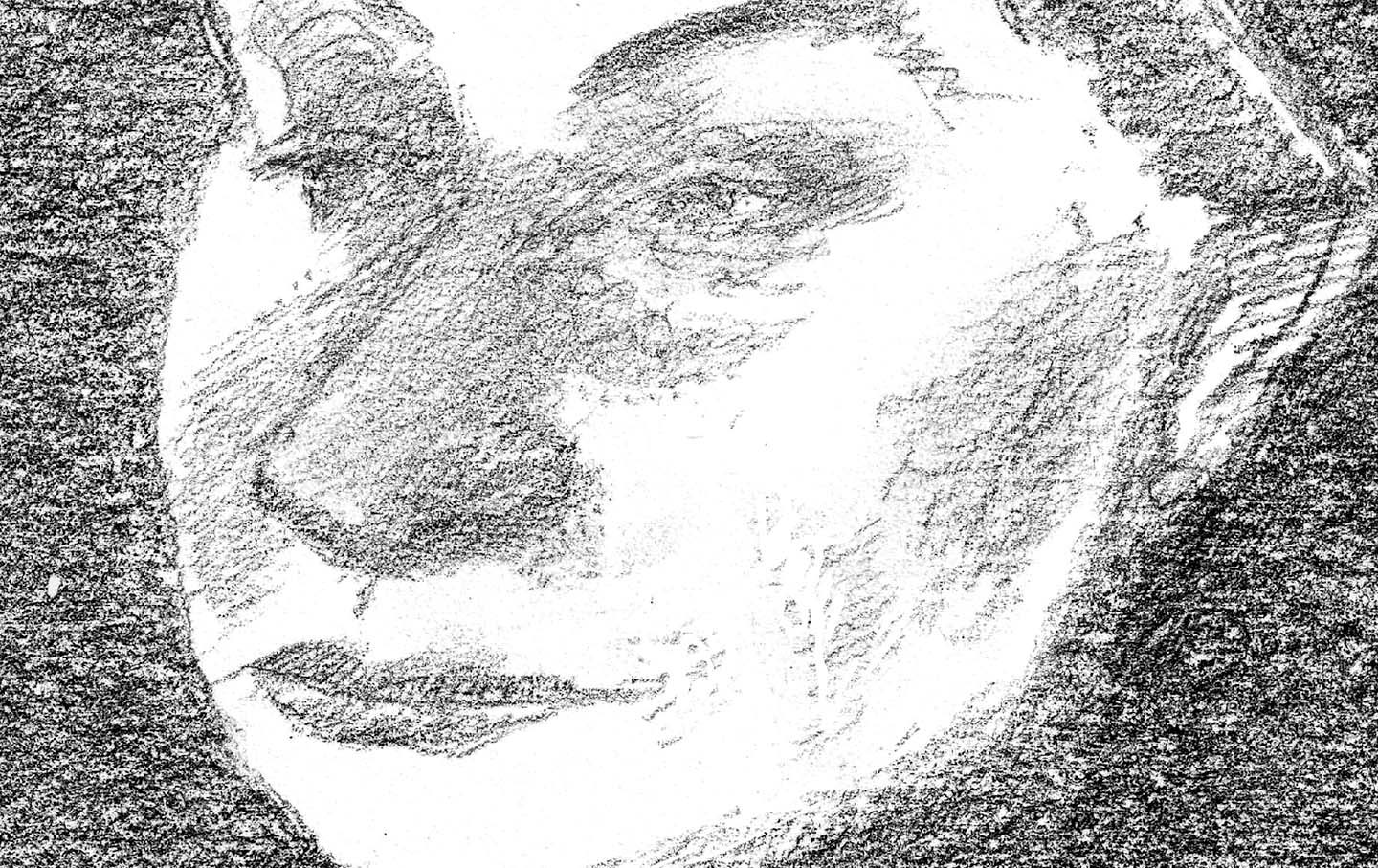
Gaza now.Visit World Central Kitchen, International Rescue Committee, Save the Children, and Doctors Without Borders to help.
Steve Brodner

By a 6-3 vote, the conservative justices decided that there is no need for the state to provide a preliminary hearing in civil forfeiture cases.
Elie Mystal
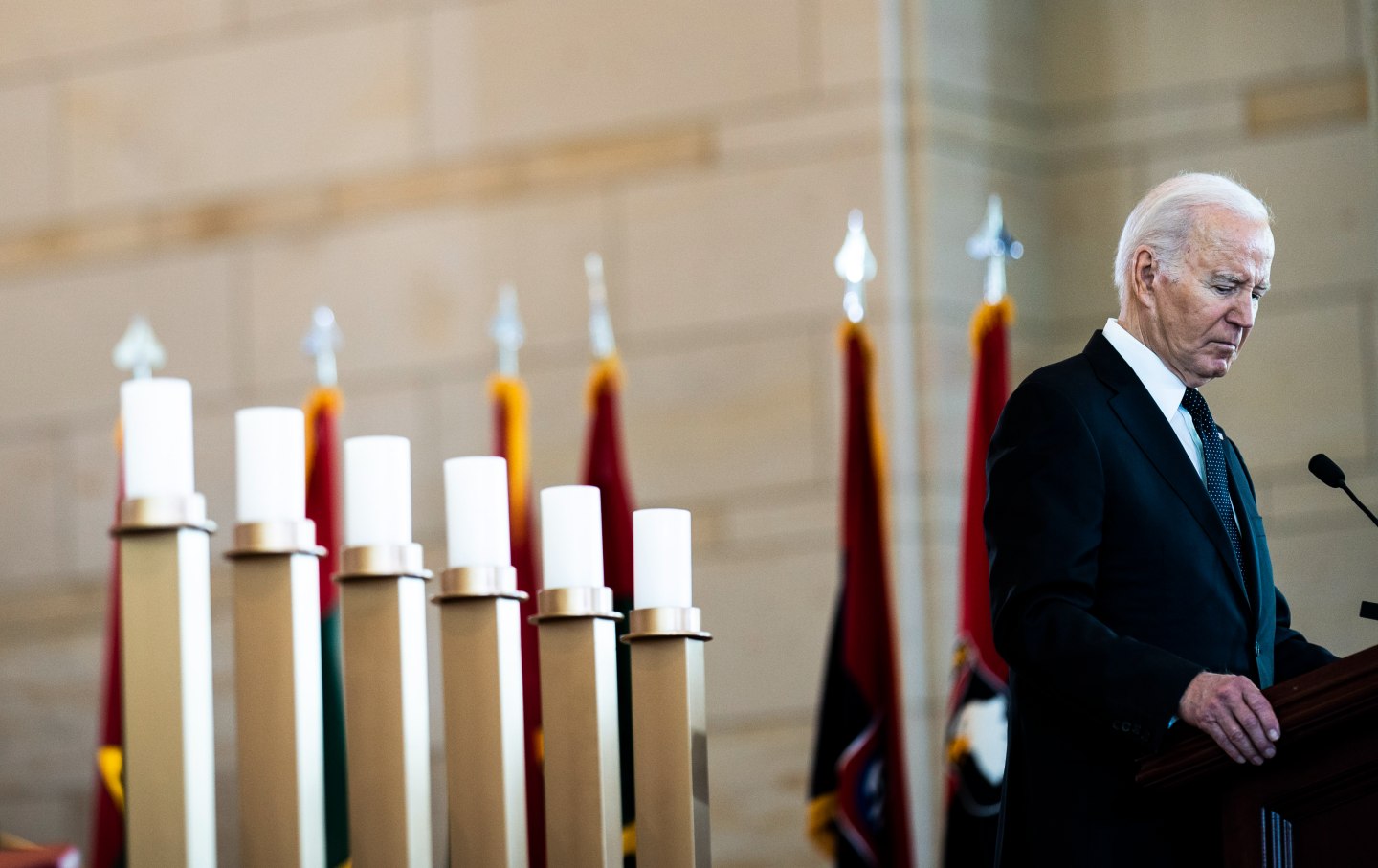
President Biden’s remarks at the Holocaust Memorial Museum’s Days of Remembrance betrayed a total misunderstanding of what antisemitism actually is—and how it must be resisted.
Omer Bartov
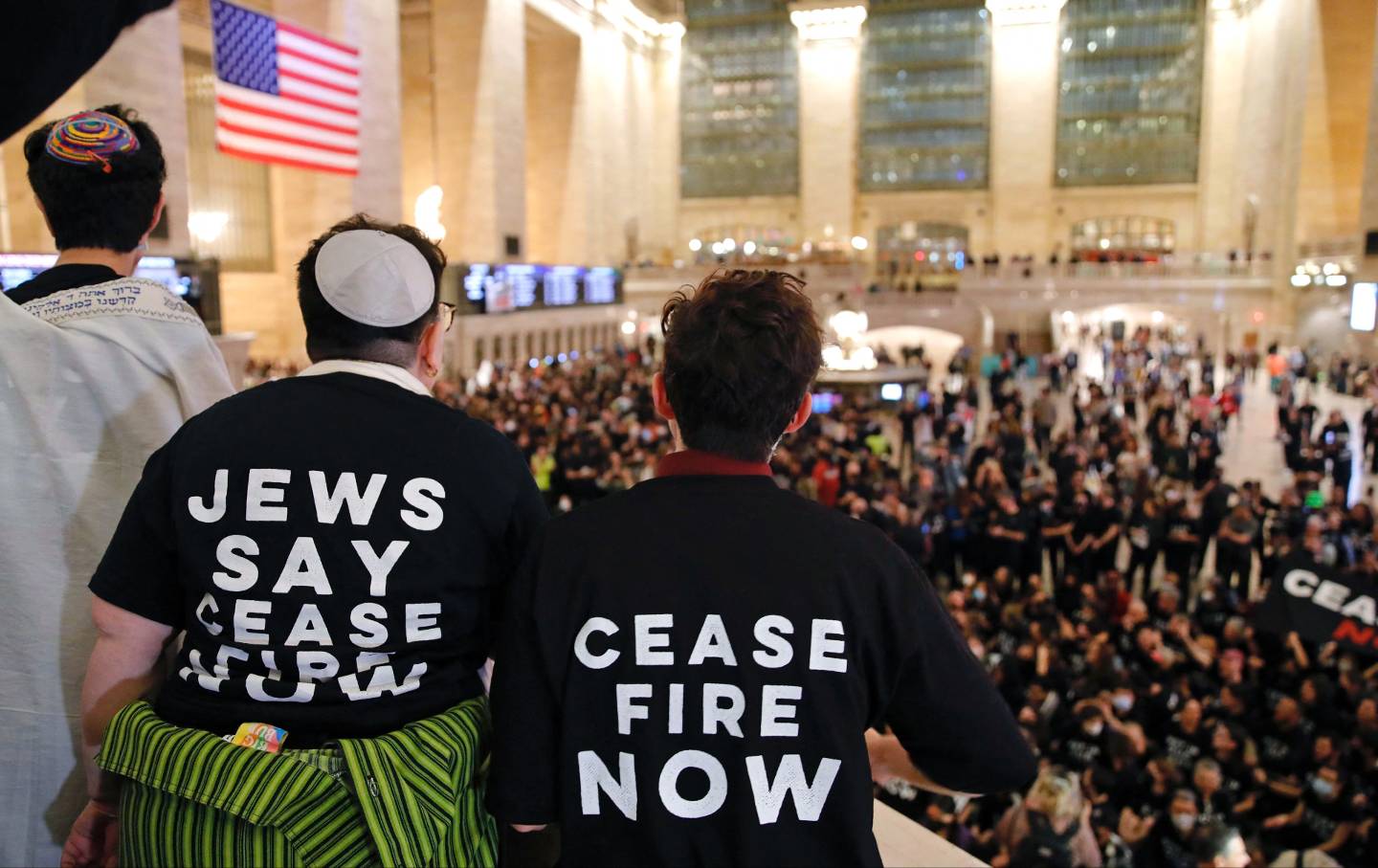
The future of our people is being written on campuses and in the streets. Thousands of Jews of all ages are creating something better than what we inherited.
Will Alden

Felecia Phillips Ollie DD (h.c.) is the inspiring leader and founder of The Equality Network LLC (TEN). With a background in coaching, travel, and a career in news, Felecia brings a unique perspective to promoting diversity and inclusion. Holding a Bachelor’s Degree in English/Communications, she is passionate about creating a more inclusive future. From graduating from Mississippi Valley State University to leading initiatives like the Washington State Department of Ecology’s Equal Employment Opportunity Program, Felecia is dedicated to making a positive impact. Join her journey on our blog as she shares insights and leads the charge for equity through The Equality Network.

